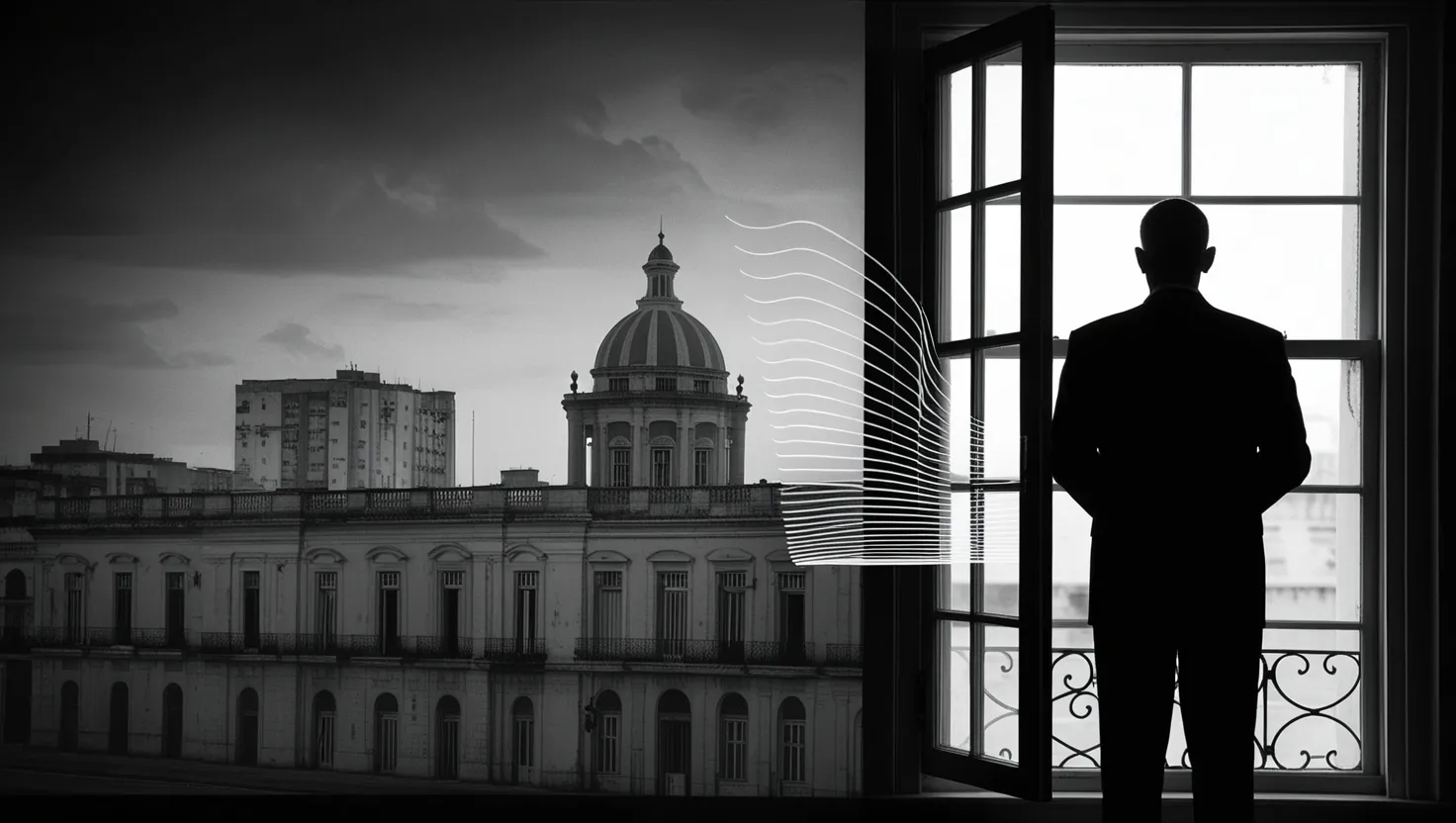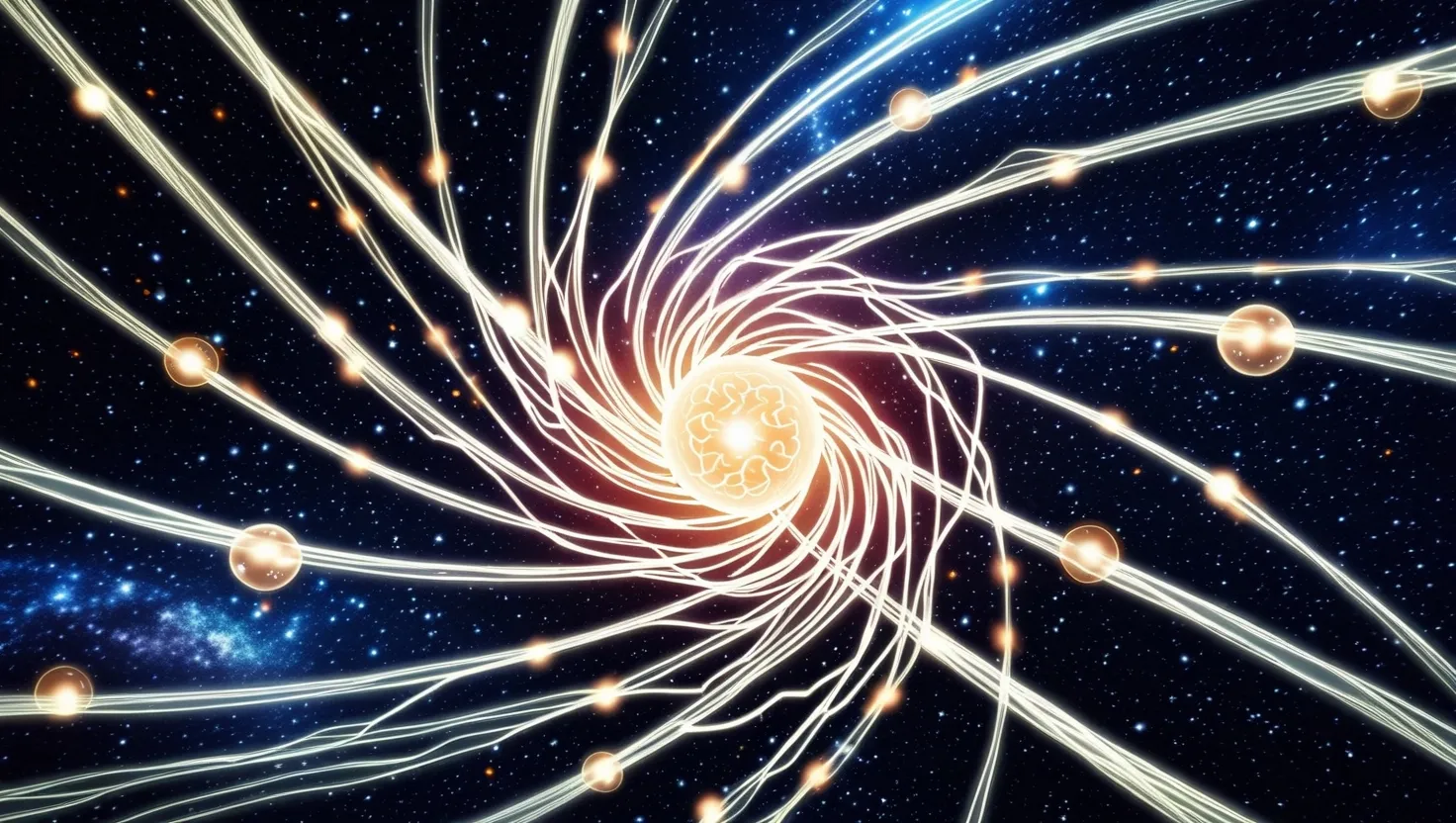It began as a whisper behind embassy walls. In late 2016, U.S. diplomats in Havana started reporting hurting heads, a vertigo that left them gripping desk edges, and a symphony of strange sounds no one else could hear. With symptoms ricocheting from splitting headaches to memory lapses, the story spread like a shadow—first to American personnel in China, Russia, and eventually Washington D.C. Suddenly, what some hoped was an isolated aberration was now unwinding into a global medical and political quandary.
Let’s pause to consider the strangeness at the heart of it. Here were individuals with no prior history of such ailments, struck suddenly by symptoms that left some unable to work, others permanently impaired. But the oddity didn’t end there. When their brains were scanned, radiologists were perplexed. Rather than the diffuse damage often seen with concussions or known neurological disorders, the patterns were sharply defined—certain brain regions lit up as if delicately cauterized, while surrounding tissue appeared untouched.
One question I kept circling back to was: How could such precisely bounded injury arise? This was no ordinary trauma, nor did it align with any known viral or chemical exposure. The patterns suggested a technology or process that could focus energy on millimeter-specific zones within the brain. But what technology could do that—outside the pages of a military white paper?
That’s where things start to drift into domains few of us ever glimpse. Acoustic engineers dispatched to study the scene picked up unique radiofrequency signatures at affected sites. These weren’t random electromagnetic fluctuations; rather, their shapes and intensities echoed theoretical blueprints for directed energy weapons. The signals, often coming from sharp, calculated angles, targeted diplomatic housing and offices, reinforcing the hypothesis that this was no environmental accident. It hinted at a precision one might expect in espionage, not in naturally occurring phenomena.
Here’s something that rarely surfaces in the mainstream narrative: the actual radiofrequency bursts carried subtle, encrypted modulation patterns. These frequencies weren’t chosen haphazardly; they resonated with human neural tissue at precisely the rates known to cause, or at least influence, certain neurological reactions. This isn’t just abstract physics. In laboratories (and, as some declassified Cold War-era documents show, in less ethical settings), we’ve known for decades that the brain can be susceptible to specific electromagnetic manipulations—if you have the tools and knowledge to exploit it.
“Science is the great antidote to the poison of enthusiasm and superstition.” — Adam Smith
But before you ride the directed energy bandwagon too quickly, let’s not gloss over competing explanations. International investigative panels have returned conflicting verdicts. Some officials have chalked up the symptoms to a mass psychogenic illness—an epidemic of suggestion and shared stress. The argument goes that in high-pressure, cloistered settings, even the expectation of illness can spread symptoms like wildfire. There’s historical precedent for this, too, from dancing manias of medieval Europe to mysterious fainting spells in 20th-century schools. But this hypothesis strains under the physical evidence: the distinct brain changes, the tight clustering of cases along certain electromagnetic contours, and the alignment with classified research.
So, is there a possible biological culprit—an as-yet-unknown virus, an environmental toxin? Every plausible vector seems to falter under scrutiny. The missing ingredient is both distribution and selectivity. Diseases and toxins rarely respect walls or job titles; yet, in case after case, only certain personnel—sometimes entire families, other times only one or two individuals—were hit. It’s a pattern less consistent with natural epidemics and more reminiscent of targeted strikes.
What’s particularly fascinating is the silent war that played out behind closed doors in the world’s capitals. Government agencies returned contradictory public statements. Some denied any evidence of an attack, while, in private, security briefings acknowledged the likelihood of “directed, pulsed radiofrequency energy.” Why the obfuscation? Part of it is pure intelligence theater—if advanced directed energy weapons are truly in use, public confirmation might escalate global tensions or reveal which capabilities are known (and therefore, what remains a secret).
“Three may keep a secret, if two of them are dead.” — Benjamin Franklin
There’s also the simple reality that admitting a gap in scientific and technological defenses is anathema for any government. To say, “We don’t know how to prevent this,” is to hand adversaries a strategic blueprint. Yet, for those on the receiving end, the uncertainty is agony. Diplomats and their families, often sworn to secrecy themselves, have had to live with both physical maladies and the specter of official disbelief.
I found myself returning again and again to this paradox: the sharper our tools for probing the unknown become, the more elusive certain answers seem. In medicine, we crave linear narratives—a cause, a mechanism, a cure. Here, confronted by Havana Syndrome, we encounter the limitations of our instruments and our collective willingness to consider radical possibilities.
If you were in the shoes of someone affected—waking up each day to a world suddenly out of focus, hearing a sound that no one else acknowledged—how would you react to being told, “It’s all in your head”? What if the evidence in your own body points not just to illness, but to a technology most assume belongs to the realm of science fiction?
“If you are out to describe the truth, leave elegance to the tailor.” — Albert Einstein
What’s perhaps most unsettling is how Havana Syndrome cracks open larger questions about the weaponization of neuroscience. The technical parameters detected in the field—signals far more sophisticated than anything described in open literature—suggest a parallel world of research, where the human nervous system is explored not just for therapy, but for control and disruption. This is not conjecture; there are declassified precedents, from sonic crowd-control devices to ongoing research into neural modulation. The blurred boundary between weapon and medical device, between healing and harming, is an ethical quagmire with implications far beyond the diplomats in Havana.
Are we ready for a world where technologies can invisibly manipulate perception, cognition, or behavior—where the line between mind and machine, between attacker and victim, is traversed without warning? The silence surrounding the more exotic aspects of Havana Syndrome, the classified reports and the carefully sanitized public statements, hint at a growing realization in security circles: we may not be as far from this future as we’d like to believe.
“Once you eliminate the impossible, whatever remains, no matter how improbable, must be the truth.” — Arthur Conan Doyle
Havana Syndrome is not just a medical mystery. It’s a lens through which we glimpse the hidden architectures of modern power—the places where biology, physics, and geopolitics intersect. It urges us to interrogate the unknown, to demand transparency even as governments scramble to contain panic and protect secrets. It reminds us that human health and security are inseparable, and that our greatest vulnerabilities are often those we least expect.
Whether the final answer lies in a newly described neurological disorder, the clandestine use of advanced weaponry, or some intersection we’ve yet to imagine, one thing is certain: Havana Syndrome has permanently altered our sense of what’s possible. It’s a modern paradox, one that calls us to look past easy answers and ask, boldly and persistently, what it means to live—and survive—in an era when the boundaries of science and secrecy are ever shifting.
So I leave you with this: what would you do if the world you trusted to explain itself suddenly couldn’t? Would you be satisfied with the official version, or would you keep searching for the patterns no one else sees? As we wait for clearer answers, maybe the only certainty is this—sometimes, the most important stories are still being written.






